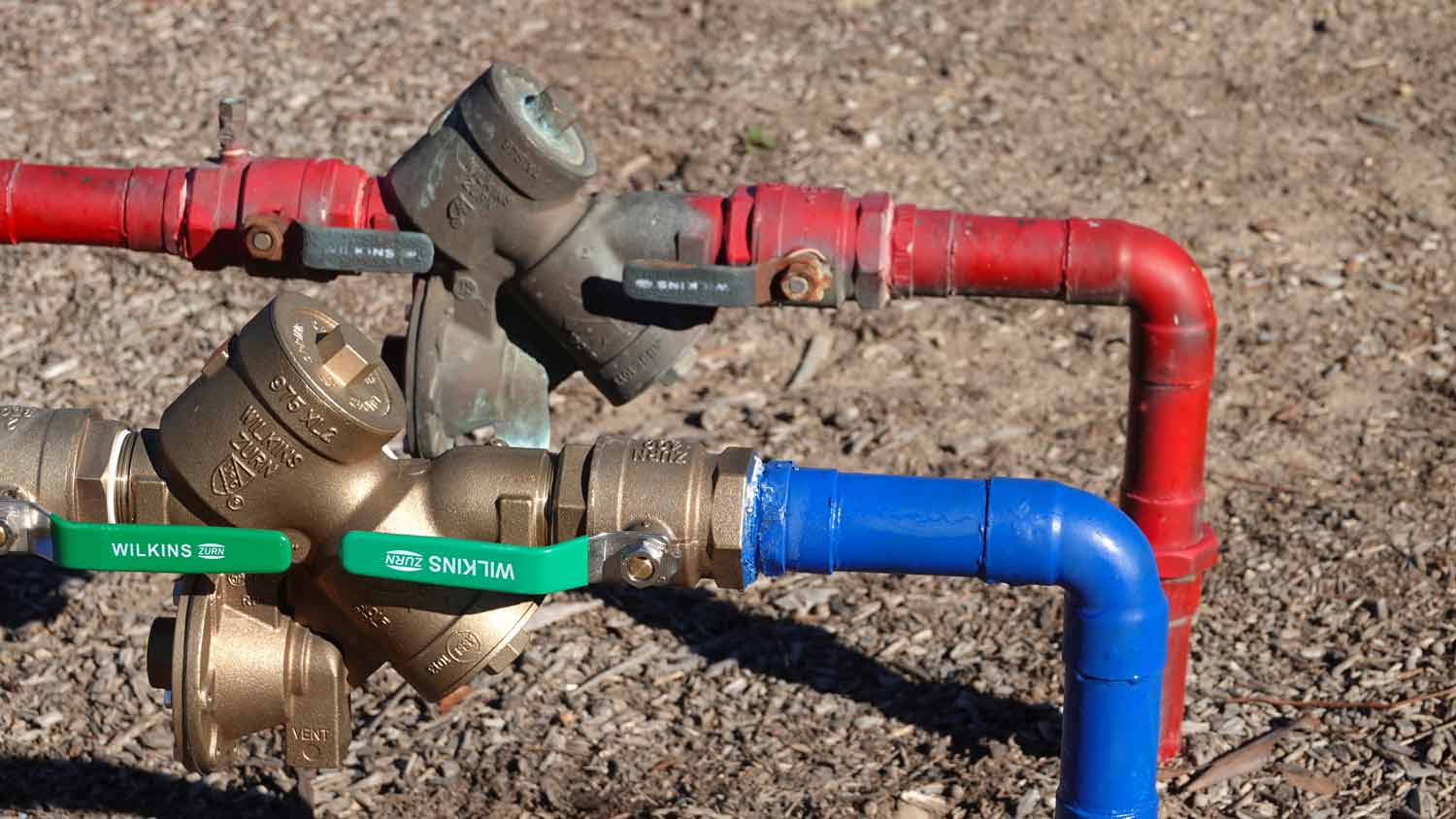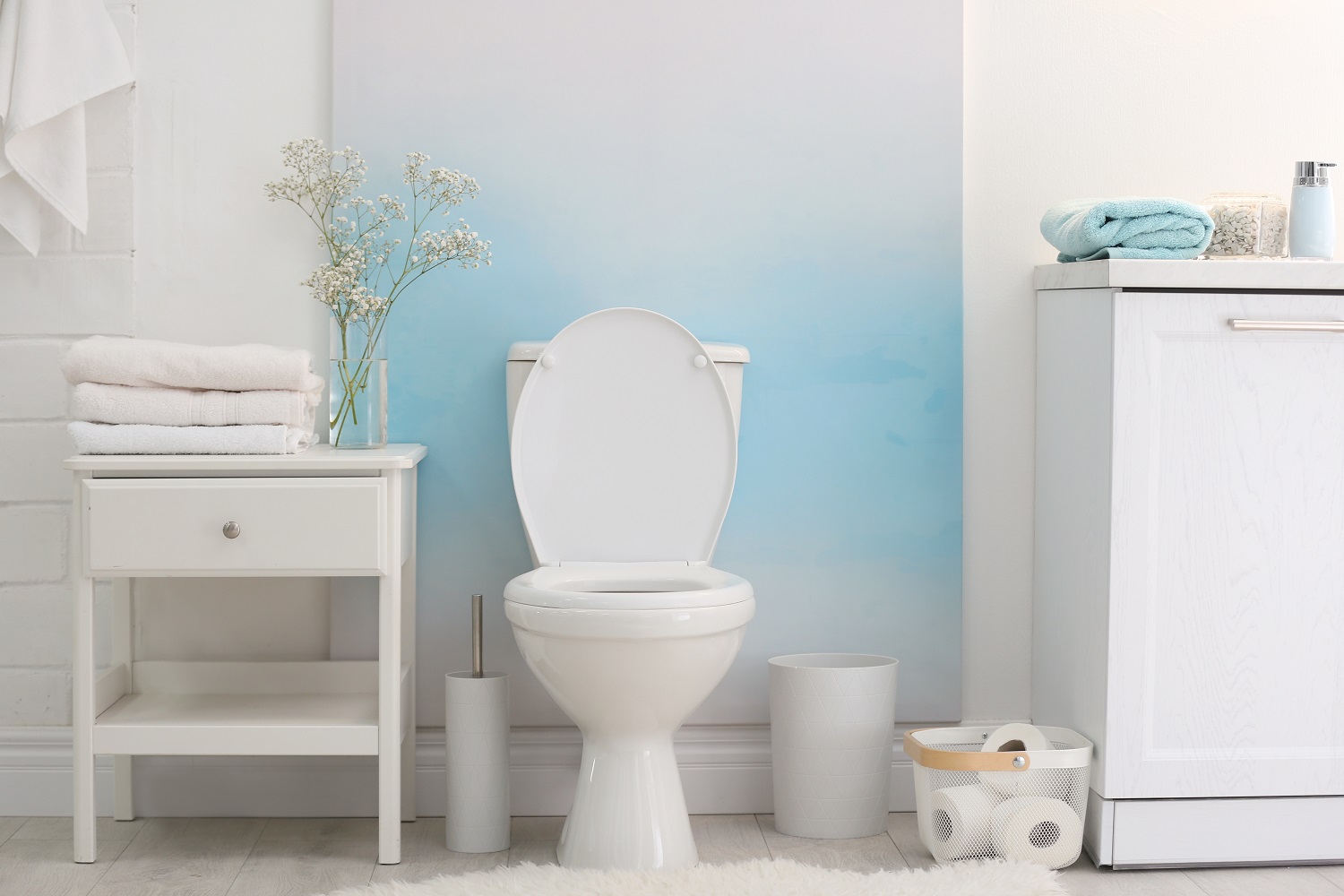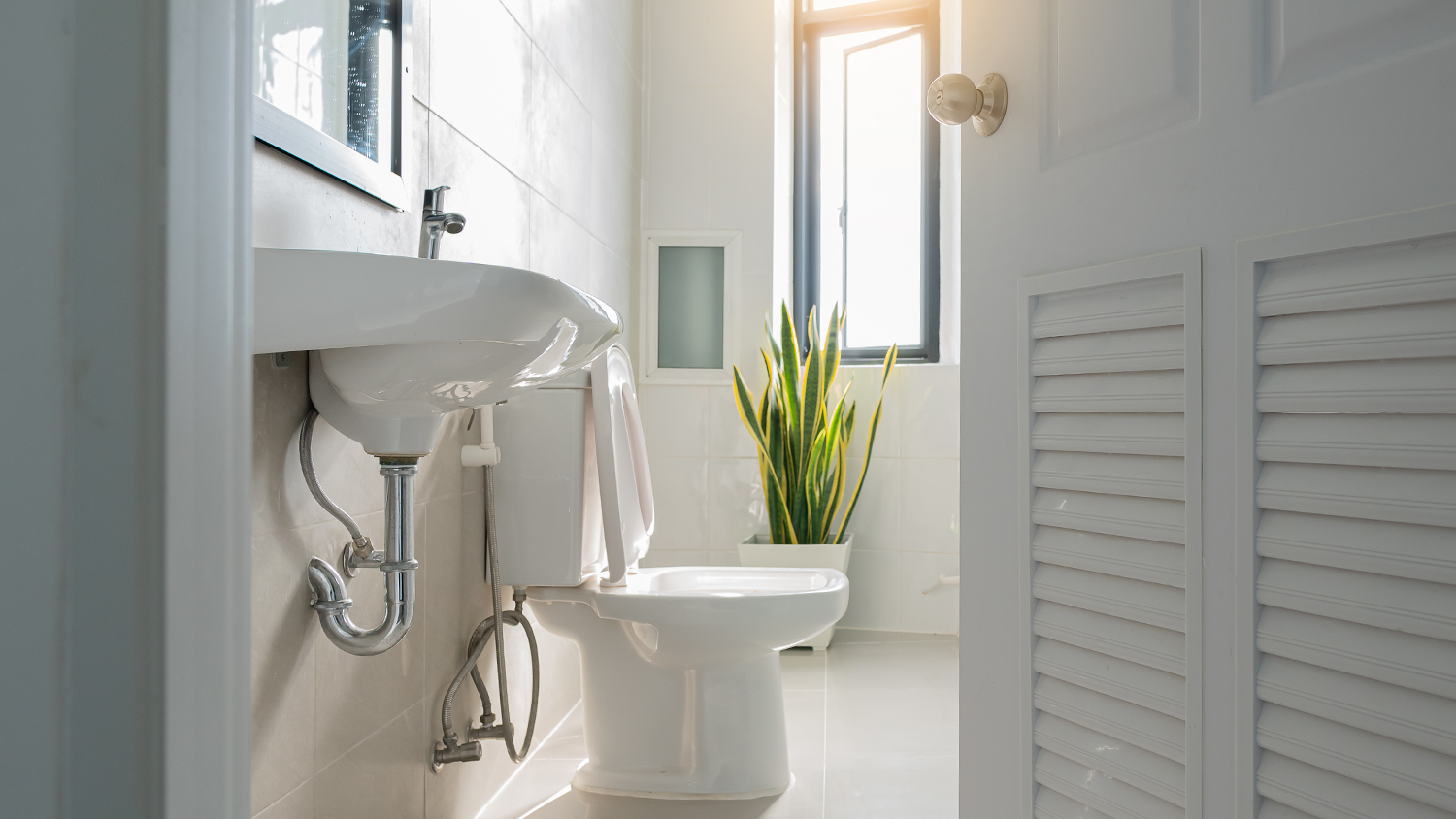
The average cost to connect to a public sewer line in Columbus, OH, depends on the linear footage, piping material, local regulations, and more.
Sewage backflow is a serious bummer


Sewage backflow preventers protect your home if local sewers overflow.
There are many kinds of sewage backflow preventers, and each works differently.
Sewage backflow preventers cost $100 to 800, depending on where your pipes are.
You can install simple devices, but some require a licensed plumber.
Local sewers can overflow, but your plumbing can also cause backups.
Whether it’s tree roots or hairballs, blockages in your pipes or the local sewer system can unexpectedly cause unsafe and unsightly brown water to come out of your shower or sink. Fortunately, you can easily plan ahead for this problem by installing a sewer backflow preventer in your home plumbing system. A sewer backflow preventer is a device that stops the flow of local wastewater from reaching your home. You can’t control heavy rain and other forces that cause sewers to overflow, but you can protect your home with a sewer backflow preventer.
Think of backflow wastewater as unwanted guests that invite themselves over while you're busy. If you install a sewage backwater preventer, it's like living in a home with a security system where these trespassers can't just waltz in.
Backwater preventers have a flap with small floaters on each side. When open, this flap allows wastewater to leave your home, but it cannot re-enter. When wastewater backs up toward your home, the floaters push down on the flap to keep it out.
The chief benefit of a sewage backflow preventer is that it protects your home from nasty wastewater. Without a sewage backflow preventer, wastewater from overloaded sewers can come in through kitchen and bathroom sinks, toilets, bathtubs, and floor drains.
Wastewater isn't just gross; it's dangerous. Handling bacteria-ridden wastewater can cause serious illnesses, according to a study published by the National Library of Medicine. Not only can you lose several days cleaning a sewer backup, but your belongings and entire rooms risk water damage and mold infestation. A sewage backflow preventer can save your clean floors, weekends, and health.
Another huge benefit of sewage backflow preventers is that they keep your water supply safe for drinking and cooking.

There are many different types of sewage backflow preventers with different mechanisms, pros, and cons.
Sewer check valves are inexpensive and the most common type of sewage backflow preventer. Unfortunately, they aren't a failsafe if the sewer backs up. They are typically used for backups lasting one day or less.
After the backup stops, sewer check valves let your home's wastewater flow into the local sewer. But once the flapper shuts, too much water usage in your home can strain the valve and cause sewage to back up. Sewer check valves should be cleaned at least once a year to ensure they can handle backflow before it becomes a problem.
Automatic floodgate valves are fully automatic air pressure devices. Of all the different sewage backflow preventers, this type gives your home the best chance to avoid backflow. They can completely prevent wastewater from entering your home plumbing system once the valve is shut. However, they require professional installation, or else they won't work properly.
As the name implies, manual sewer valves are open and shut by hand. While they lack the "set it and forget it" advantage of automatic floodgate valves, manual valves work well if you can anticipate when the sewer is most likely to back up.
Air gap backflow preventers function like airlocks in submarines and spacecraft. They utilize open vertical space between water outlets that connect to the plumbing system. This can encompass anything from a kitchen sink to a septic tank.
This sewage backflow preventer type relies on surging water instead of moving parts. The minimum air gap distance is usually set by local plumbing codes.
Specialized backflow preventers are usually installed near residential water meters. There are many types, like pressure vacuum breakers and residential dual check valves.
Since specialized backflow preventers have moving parts, they need to be regularly cleaned and tested to ensure they're properly keeping wastewater out. Most states only allow licensed plumbers to do these tests. Because of this and local plumbing codes, you will always need a licensed plumber for installation and maintenance.
A sewage backflow preventer can cost as little as $100 or as much as $800. It ultimately depends on the layout of your home and the location of the pipes, but simple parts like sewer check valves cost less, while professional installations of specialized backflow preventers cost more.
You could be handy enough to clear a main line sewer clog yourself, but you will likely need to contact your local sewer service for permits to install your own backflow preventer. Complicated sewage backflow preventers often need a plumber’s expertise to make sure the installation is up to code and properly maintained, making a DIY impossible.
If frequent floods and cracked sewer pipes cause regular backup where you live, this safeguard can definitely be worth the investment. However, your own plumbing can also cause issues. Grease, hair, and other strains on your plumbing system can cause sewer backups.
Baby wipes and other “flushable” bathroom wipes are often not able to properly break down in your septic system. Avoid flushing any wipes down the toilet, even if they say “flushable.”
You might also have roots or debris causing problems that aren’t the city’s fault. Before you look into installing a sewage backflow preventer, you should determine if it’s purely a preventative measure or if the problem is with the local drainage system or your own plumbing.
From average costs to expert advice, get all the answers you need to get your job done.

The average cost to connect to a public sewer line in Columbus, OH, depends on the linear footage, piping material, local regulations, and more.

Need to know what sewer line replacement costs in New York, NY? This guide will help you prepare to budget for sewer line replacement done by local contractors.

Need to know what sewer line replacement costs in San Francisco, CA? This guide will help you prepare to budget for sewer line replacement done by local contractors.

Septic failure is no picnic, but it needs to be addressed. We explore cost-saving and financing options for those who can’t afford a new septic system.

Septic distribution box replacement costs aren’t low, but it’s an item that causes obvious problems when not functioning correctly. Learn what factors impact your budget.

When considering a home in a rural area, you may not have access to a municipal sewer system. Learn all about living with well water and a septic tank before taking the plunge.